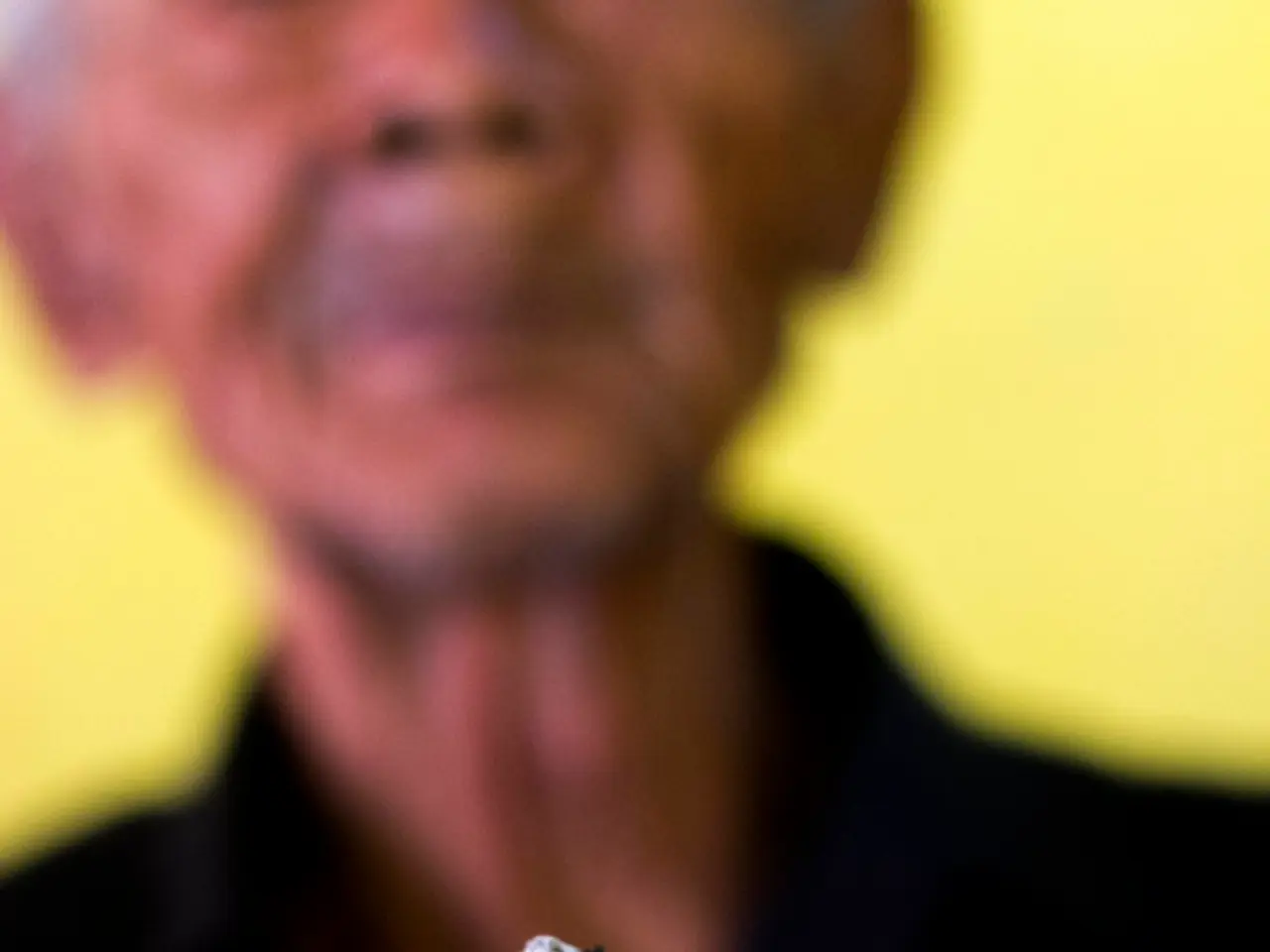Buerger's Disease: Serious Vascular Condition Linked to Smoking
Buerger's disease, or thromboangiitis obliterans (TAO), is a serious condition affecting small and medium-sized blood vessels, primarily in the hands and feet. It's more prevalent among certain ethnic groups, including Israeli Jews of Ashkenazi descent, and those with Indian, Korean, or Japanese ancestry. The disease begins with blood clots, leading to tissue death and potentially requiring limb amputation if not managed properly, even with tobacco use.
Buerger's disease is characterised by inflammation of blood vessels, causing pain and tissue damage in affected areas. Symptoms include pain in hands, feet, legs, or arms, pain in the foot arch during walking, open sores on toes or fingers, and inflamed veins. In some cases, neurological symptoms like muscle cramps, vision changes, confusion, speech difficulties, memory loss, convulsions, or psychosis may occur.
Diagnosis involves ruling out similar conditions and may include blood tests, vascular ultrasound, angiogram, or the Allen test to check blood flow. The primary risk factor is heavy smoking, with almost all diagnosed individuals having a history of tobacco use. Certain chemicals in tobacco irritate blood vessel linings, causing inflammation, restricted blood flow, and blood clots, leading to Buerger's disease. If the disease cannot be managed without tobacco use, limb amputation may be necessary.
Buerger's disease is a serious condition that can cause inflammation of blood vessels in the hands and feet, with tobacco use increasing the risk and likelihood of serious complications. If you experience symptoms such as pain in hands, feet, or legs, or any of the neurological symptoms mentioned, it's crucial to consult a healthcare professional for proper diagnosis and treatment.






